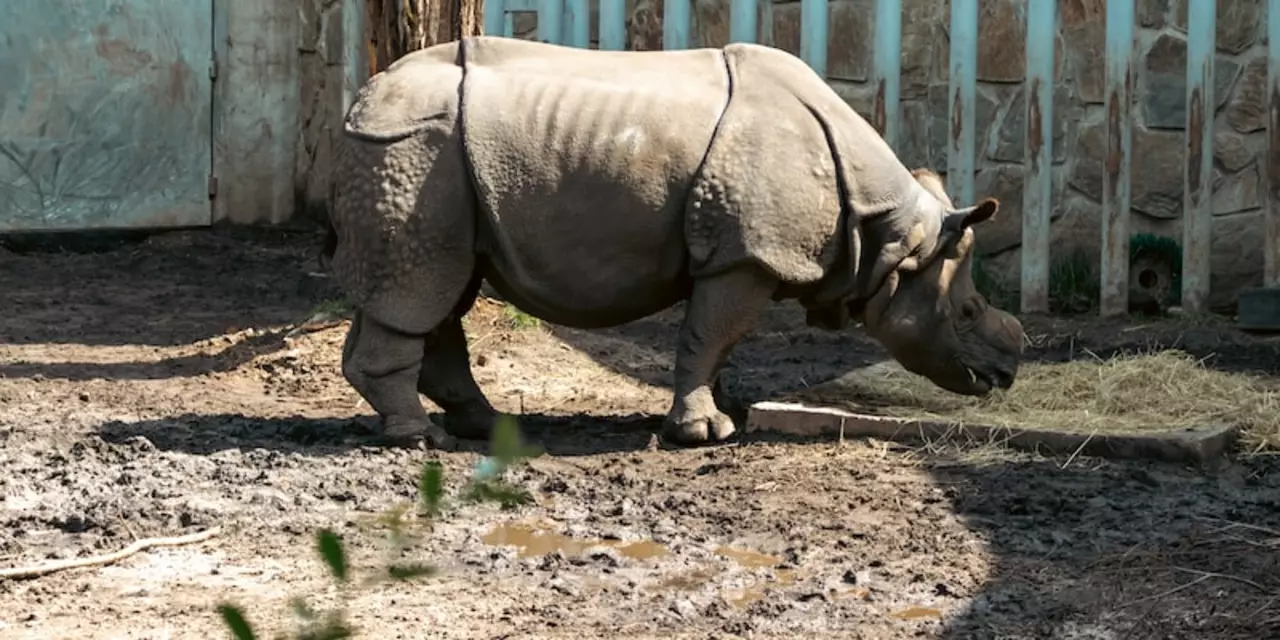Horned Viper: Quick Guide to the Desert’s Iconic Snake
If you ever trek through the dry flats of North Africa or the Middle East, chances are you’ll spot a strange little snake with tiny horns on its head. That’s the horned viper, a small but mighty creature that blends right into the sand. This guide breaks down everything you need to know – where it lives, how it hunts, and what to do if you run into one.
Where It Lives
The horned viper calls deserts, semi‑deserts, and rocky scrublands home. You’ll find it across Morocco, Egypt, Israel, Saudi Arabia and parts of Iran. It loves places with loose sand or gravel where it can hide under a few stones. During the hottest part of the day, it sinks into the sand to stay cool, leaving only its eyes and nostrils exposed. That camouflaged posture makes it almost invisible to predators and prey alike.
Even though it prefers hot spots, the viper can survive cooler nights by staying under the ground or in a shallow burrow. Its range is pretty wide, but it stays close to places where small rodents, lizards and insects gather – that’s its main food source.
How It Hunts and Defends
Unlike many snakes that strike from a coiled stance, the horned viper uses a blend of patience and speed. It lies flat on the sand, its belly pressed against the ground, and waits for a mouse or lizard to wander by. When the target is close enough, it launches a quick strike, injecting venom that immobilizes the prey within seconds.
The venom isn’t usually lethal to a healthy adult human, but it can cause painful swelling, bleeding and nausea. That’s why it’s best to keep a safe distance – a few meters is enough. If you ever feel threatened, the viper will hiss loudly, flatten its body to look bigger, and may even rock its “horns” to scare you off.
Besides biting, the horned viper has a neat trick: it can shed its tail skin to distract a predator. The loose skin wiggles on its own, giving the snake a chance to slip away while the attacker is occupied.
For people who live in viper‑prone areas, the biggest safety tip is to wear sturdy boots and check your shoes before putting them on. When hiking, watch where you step and avoid putting your hands into holes or under rocks you can’t see.
If you do get bitten, stay calm, keep the affected limb still and get medical help right away. Do not try to suck out the venom or cut the wound – those methods do more harm than good.
In short, the horned viper is a master of staying hidden and striking fast. Its tiny horns may look cute, but they’re a warning sign that this snake means business. Respect its space, and you’ll likely never have a close encounter.
Next time you’re out in the desert, keep an eye on the sand’s surface and the shadows under rocks. Spotting a horned viper early can turn a potentially scary moment into a fascinating wildlife sight.

How dangerous is a horned viper?
The Horned Viper is a highly venomous snake found in the Middle East, North Africa and parts of Europe. They are small snakes that grow to around 70 cm in length, and they have a reputation as one of the most dangerous snakes in the world. They are known to be highly aggressive and have a particularly potent venom that can cause extensive tissue damage and even death if left untreated. However, the Horned Viper is not actually responsible for many bites, and most occur when the snake is handled or disturbed. As such, if left alone, it poses minimal risk to humans.
Read More